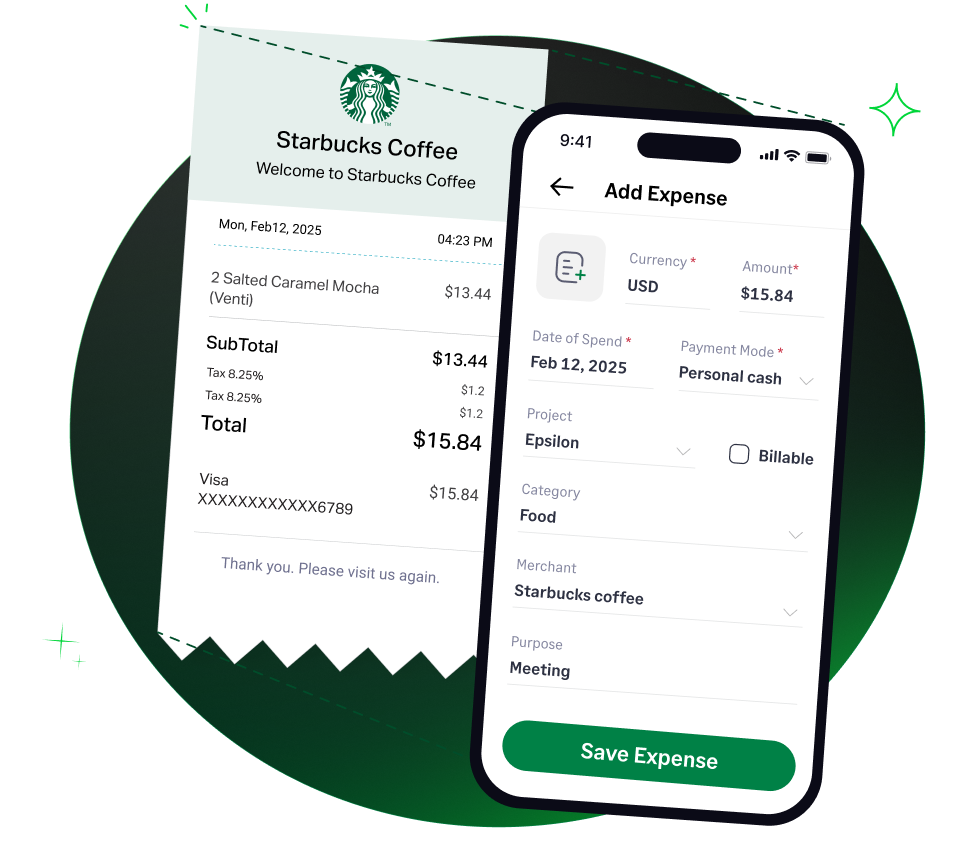✨ Exciting news: Fyle is now part of the Sage family! Learn more in our press announcement >
 4.6/51670+ reviews
4.6/51670+ reviewsFor any construction business, the cost of materials—from lumber and concrete to wiring and fixtures—is the single largest direct cost of completing a job. Unlike general office supplies, these materials are not a simple operating expense. Instead, they are a fundamental component of your Cost of Goods Sold (COGS).
Understanding how to correctly account for construction materials within the COGS framework is essential for accurately calculating your gross profit and ensuring your tax filings are compliant with IRS rules. This guide will break down how to categorize these direct costs and the key accounting principles you must follow.
The costs of construction materials are not deducted as a standalone expense. Instead, they are included in the Cost of Goods Sold calculation, which is reported in Part III of Schedule C (Form 1040).
Specifically, the cost of raw materials and parts purchased for a construction project is included on Line 36, Purchases, within the COGS section. This is because, for a construction business, these materials are the equivalent of inventory or stock in trade for a retailer.
To correctly calculate your COGS, you must accurately track material costs and understand the specific IRS rules that apply to producers of property.
It is crucial to distinguish between direct and indirect materials.
As a business that produces real property, construction companies are subject to the uniform capitalization rules detailed in IRS Publication 535. This means you must capitalize not only the direct costs of materials but also a portion of your indirect costs. Indirect costs that must be added to the basis of the property you produce (and thus included in COGS) can include:
Small business taxpayers with average annual gross receipts of $27 million or less (for the 3 prior tax years) are generally exempt from these rules.
IRS Publication 334 states that when the production or sale of merchandise (or a constructed asset) is an income-producing factor, you must generally use an accrual method of accounting for your purchases and sales and must account for inventory. This means tracking the cost of materials on hand at the beginning and end of the year to accurately calculate your COGS.
Your gross profit is calculated by subtracting your total COGS from your gross receipts. Therefore, accurate material cost tracking is essential for correct tax reporting.
For a sole proprietor filing a Schedule C (Form 1040), construction materials are a key part of the COGS calculation in Part III:
You must have documentary evidence to substantiate all material costs. Your records should include:
Fyle helps you capture and organize the high volume of material purchases for every job, providing a clear and compliant record for your COGS calculation.




